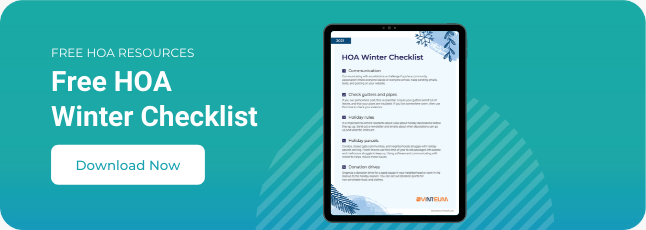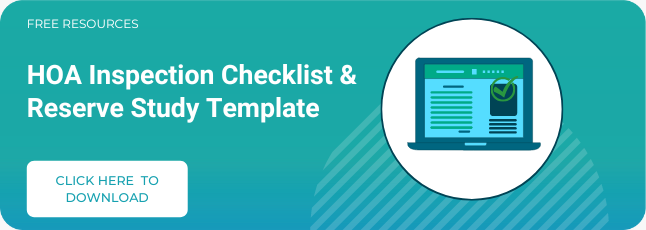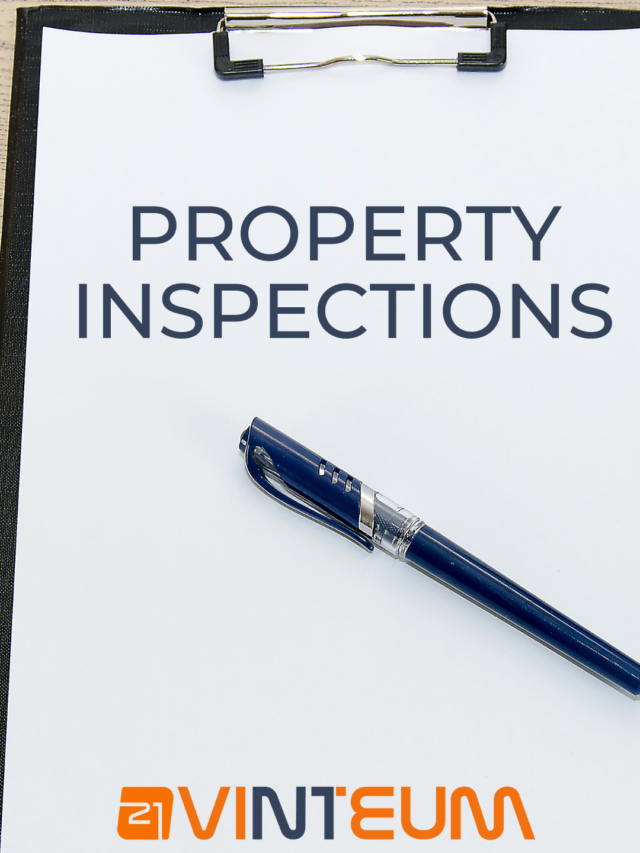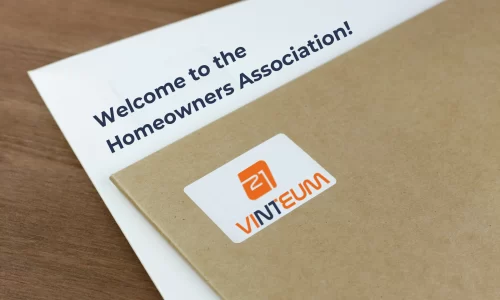Having frequent HOA inspections helps identify potential maintenance issues. It also helps prevent hazards. This makes the HOA a safer place to live in, where residents can enjoy the premises without worry. Some communities don’t do inspections regularly enough. So this article will highlight five benefits that come with conducting frequent HOA inspections.
What is an HOA inspection?
An HOA inspection is a thorough examination of the overall property. Common areas are scrutinized to certify that they are in proper condition. The exterior of individual homes is also checked to guarantee that it meets the standards set by the community.
An inspection is an important part of an HOA maintenance activity. In some states, homeowners associations are required by law to perform them within a specific timeframe. In states where it is not required, the board is usually free to decide when and how to perform inspections. This can vary depending on the association’s governing documents.
Board members can perform inspections but they can also hire a management company to do it on their behalf.
Why is conducting an HOA inspection regularly a winning strategy?
1. Applying preventive maintenance and saving costs
Preventive maintenance consists of regular upkeep of the community’s assets whereas reactive maintenance consists of repairing equipment when it breaks or shows signs of deterioration.
While preventive maintenance requires more planning, it greatly reduces the risk of unpredicted costly repairs.
Usually, by being preventive rather than reactive you avoid special assessments. Planning large maintenance projects early on gives you time to financially prepare.
Typically, communities perform HOA reserve studies where they inspect the condition of their common area and examine the financial health of their community. This is a good example of preventive maintenance.
2. Getting a better curb appeal and maintaining property value
Curb appeal refers to the attractiveness of the outside area of your property. This is an important factor for homeowners associations. When prospective buyers come to visit your community, the first thing they will look at is how well your exterior is maintained. If the overall complex is not appealing it implies that the board is not doing its job. This can discourage buyers.
It is also the role of the board to check if homeowners are keeping their units in good condition. Most importantly, if their houses comply with the standards set in the governing documents.
Maintaining or increasing property value is essential to avoid current residents from moving out and to attract new homeowners.
Frequent inspections and actively fixing issues will guarantee that your community is inviting.
3. Providing pleasant common areas and safe amenities
As a board member, the safety of homeowners should always be your number one priority. If you don’t regularly examine your amenities, you won’t be aware if something malfunctions. Then, if something happens to a homeowner it will be considered negligence. As well as routine facilities checkups, there are many things you can do to prevent hazards. Here are some examples:
- Provide safety guidelines
- Add posters around your community (ex. Don’t run around the swimming pool)
- Allow residents to book amenities online
It is also important to make common space pleasant for everyone. It may sound obvious but periodically cleaning these areas is also essential. No one wants to swim in a dirty pool. Going back to safety, if you don’t remove snow properly, for example, someone can fall. There are many things to consider when it comes to the security and well-being of your residents. Using seasonal maintenance checklists can help you remember all the tasks that you need to do.

4. Preparing for natural disasters and identifying post-disaster hazards
The chance for a natural disaster to occur is more likely in some regions than in others. It can happen anywhere. However, if your community is located in Florida, you must prepare for the hurricane season which is from June to November. Whereas in California you should be more concerned about wildfires and earthquakes. Every community association should prepare an HOA emergency preparedness plan, even if natural disasters aren’t common where you live.
If your region is affected by natural disasters, you should inspect your utilities and common areas at least twice a year. It is crucial to take pictures during this examination. Otherwise, you will not have any evidence to show your insurer in case of post-disaster hazards. That kind of inspection is better performed by experts. For example, if you hire HOA landscaping experts, they will tell you if your trees require pruning before the hurricane season starts. They can even perform this chore for you every year. Again, this is an example of preventive maintenance. By trimming trees every year you avoid the probability of branches falling and causing hazards.
These inspections are also the opportunity to review vendors’ contracts and to check if your current insurance covers you well.
5. Reducing HOA violations
As you may know, individual units in an HOA must follow certain standards. Your governing documents might require all houses to be white for example. When homeowners do not follow these guidelines they receive an HOA violation. Sometimes, residents are not fully aware of all the rules and regulations. So when they receive a violation notice, they may feel confused. This often happens for two reasons:
- Lack of proper communication
- Lack of regular inspections
When board members don’t send frequent notices via different HOA communication tools, residents are not vigilant.
Also, when the board doesn’t inspect the exterior of the houses frequently, they are not aware of violations. This means that homeowners may be violating the rules for months and all of a sudden receive a violation notice. This can create a lot of confusion.
Final points
As you could see, performing frequent HOA inspections is essential to the well-being of the community. For some board members, this process can sound like adding another time-consuming chore to their to-do list. It doesn’t have to be this way, you can make your life easier. By applying best practices or using HOA software you can manage inspections without too much effort on your behalf.
If you’d like to learn more about general HOA maintenance, best practices, and online solutions that can help your community, click on the image below.








